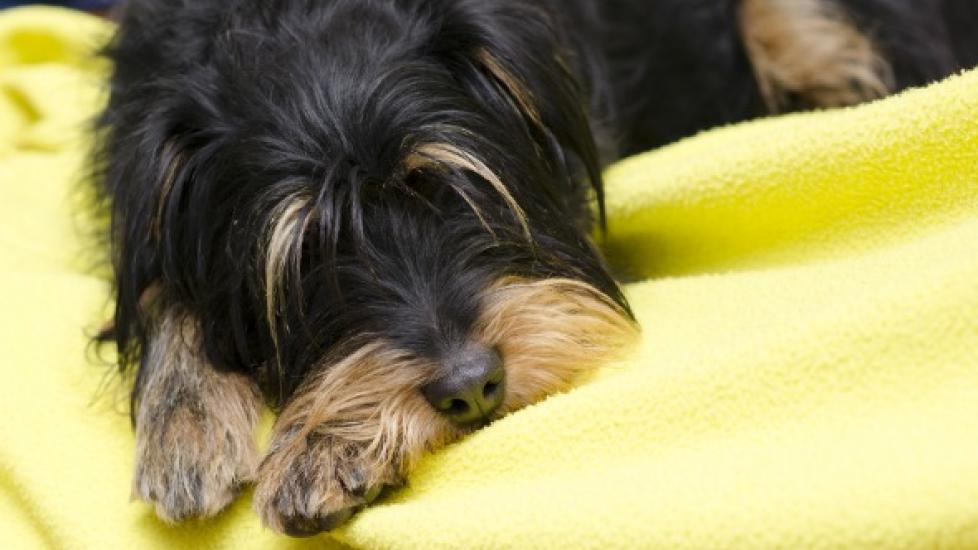Introduction:
Dogs are beloved companions that enrich our lives with their unconditional love and loyalty. However, they can be vulnerable to a variety of health hazards, including carbon monoxide poisoning. This insidious threat is often overlooked due to its subtle symptoms but can lead to severe consequences for your furry friend if left untreated. It’s crucial as pet owners to understand the risks associated with this poisonous gas and take proactive steps to protect our four-legged family members from harm. In this article, we will delve into the dangers of carbon monoxide poisoning in dogs, explore preventive measures you can implement at home, and provide essential first aid tips should an unfortunate incident occur.
What Is Carbon Monoxide?
Carbon monoxide (CO) is a colorless, odorless, and tasteless gas produced by incomplete combustion of fossil fuels such as gasoline, natural gas, propane, oil, or wood. When inhaled, CO binds to hemoglobin in red blood cells more readily than oxygen does, preventing oxygen from reaching tissues throughout the body. This leads to hypoxia—a condition where organs and tissues do not receive enough oxygen to function properly.
Symptoms of Carbon Monoxide Poisoning in Dogs:
The signs of carbon monoxide poisoning in dogs can mimic those seen in other illnesses, making it challenging to diagnose without proper testing. Common symptoms include:
- Mild Symptoms: Vomiting, loss of appetite, weakness, lethargy, dizziness, or collapse.
- Severe Symptoms: Convulsions, coma, cardiac arrhythmias, and even death in extreme cases.
Prevention Tips:
To safeguard your dog against carbon monoxide exposure, consider these preventative strategies:
- Install carbon monoxide detectors in every room of your house, especially near sleeping areas where pets spend most of their time. Ensure all devices have long battery life and replace them regularly according to manufacturer recommendations.
- Have your heating system, water heater, and any fuel-burning appliances inspected annually by professionals who are qualified to check for leaks or defects.
- Never use portable generators inside homes or garages; always place them outdoors away from windows or vents where exhaust fumes could seep indoors.
- Keep grills and campfires outside only; never bring burning charcoal or coals back indoors after cooking outings.
- If you own a vehicle with a catalytic converter that emits minimal amounts of carbon monoxide when running idle for extended periods (e.g., during hot weather conditions), ensure adequate ventilation around parked vehicles where pets may access them unsupervised.
- Educate children about the importance of never leaving candles unattended or playing with matches or lighters – both pose significant risks for accidental fires leading to carbon monoxide production within living spaces occupied by pets too.
First Aid Measures:
If you suspect your dog has been exposed to carbon monoxide, immediately move him/her to fresh air while seeking veterinary assistance urgently. First aid measures might include:
- Open Windows & Doors: Ventilate the area thoroughly to allow fresh air circulation and expel any lingering toxic gases.
- Provide Oxygen Support: If available, administer supplemental oxygen using a pet-safe oxygen mask until professional help arrives.
- Monitor Breathing: Check pulse rate frequently since slow heartbeats indicate serious metabolic changes caused by hypoxia which require immediate treatment under veterinary guidance.
- Watch For Secondary Complications: Be on alert for neurological issues like seizures that sometimes follow acute episodes of carbon monoxide poisoning requiring intensive care management over time.
Conclusion:
By understanding the risks posed by carbon monoxide poisoning and taking appropriate precautions outlined above, responsible pet guardians can create safer environments for their cherished canine companions. Remember that prevention is key; regular maintenance checks coupled with vigilance regarding potential sources of indoor pollution significantly reduce chances of unintentional exposure leading towards unnecessary suffering among our loyal friends sharing daily routines alongside us humans alike!
